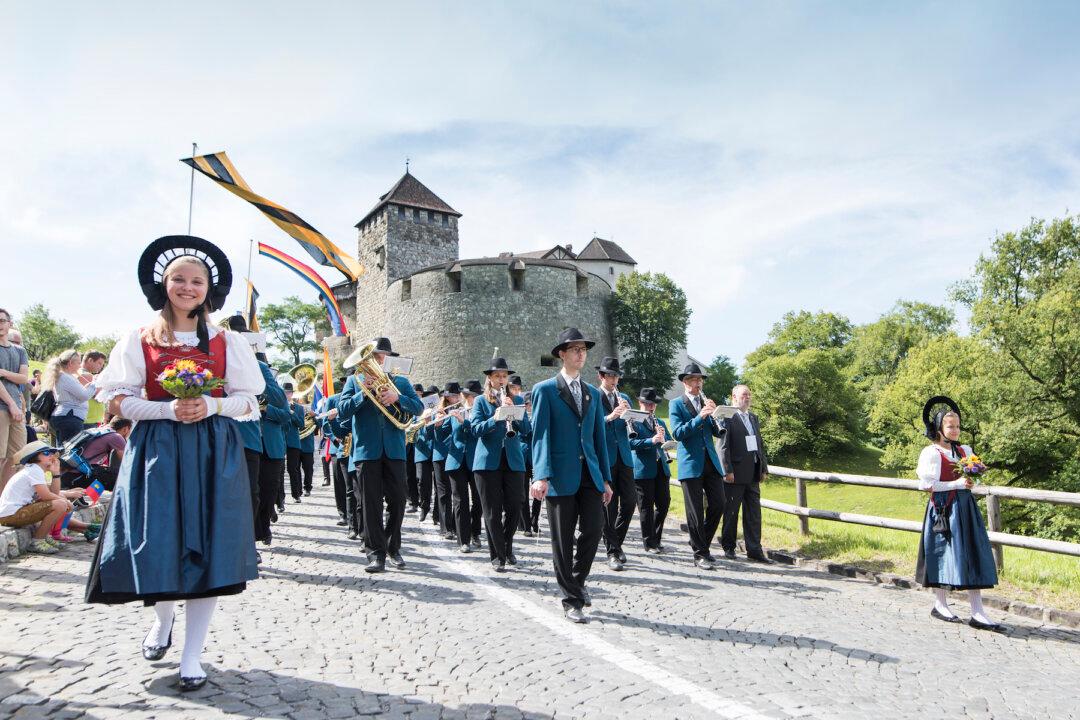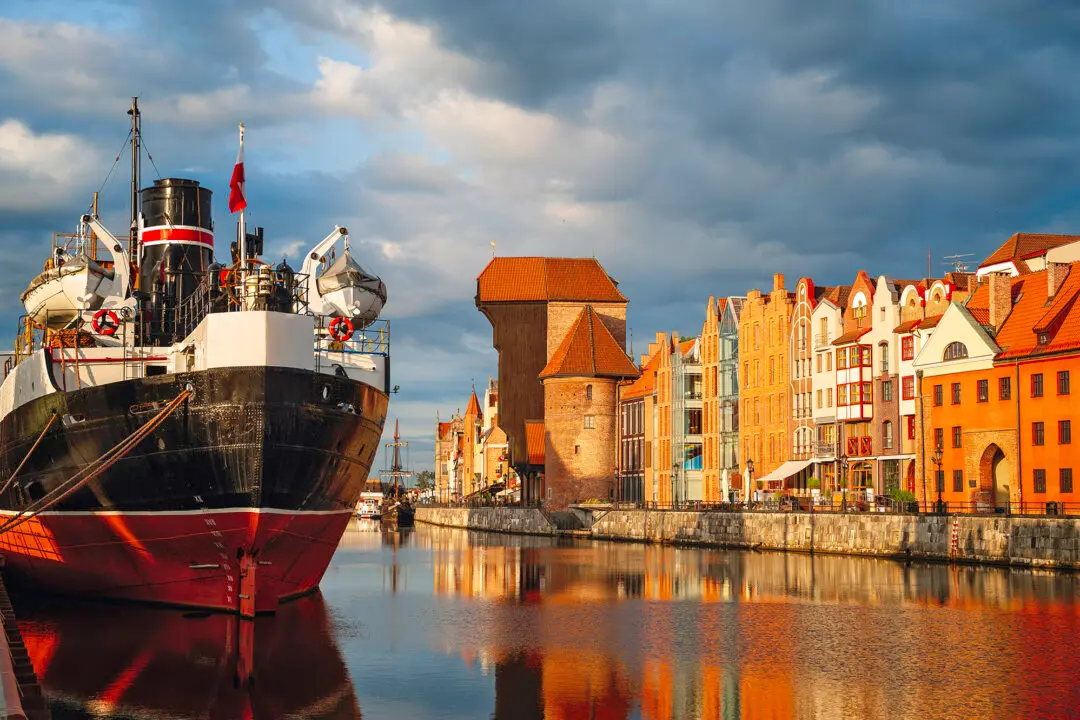It’s the first time I’ve taken a city bus to a whole other country. Winding high into the Alps, most of the journey took place on a train, crossing the breadth of Austria, then climbing into the snow-capped peaks in Switzerland. Finally I disembarked from the sleek, modern carriage in the small town of Buchs, a picture-perfect Swiss place that shines under the sun. Taking in the colorful flower boxes on balconies and a busy little shopping street, I got directions the rest of the way from a friendly, mustachioed man working at the station.
Looking a little concerned, he noted that I would need to change buses to get to my destination.





